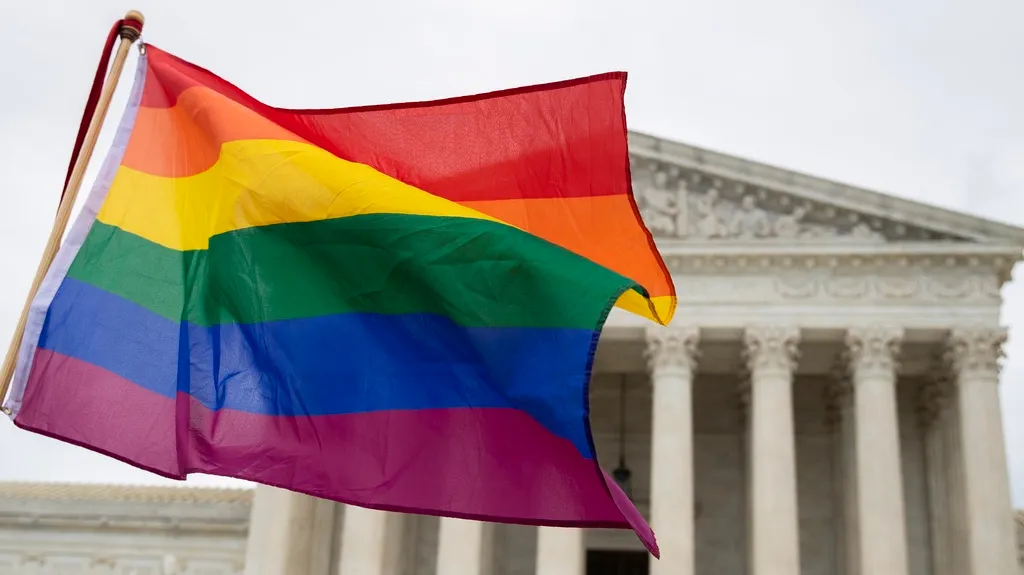June 29, 2018
Dying to be Perfect: Eating Disorders in the LGBTQ Community
Jill Gleeson READ TIME: 4 MIN.
Even acknowledging the soaring rates of mental illness in the queer community -- LGBTQ people are almost three times more likely than others to develop a mental health condition -- the statistics specifically around eating disorders are alarming.
According to the National Eating Disorder Association, gay men represent about five percent of the total male population, but 42 percent of men with eating disorders are gay. They're also 12 times more likely to report purging and seven times more likely to report binging than their straight counterparts.
The disturbing stats extend to women in the community as well. "Females identified as lesbian, bisexual, or mostly heterosexual," NEDA notes, "were about twice as likely to report binge-eating at least once per month in the last year."
And according to Dr. Evan Goldstein, the founder and CEO of Bespoke Surgical, which specializes in wellness care for gay men, "Trans youth represent a huge, huge community that has this disorder. There's a great study by the Trevor Project that found that 71 percent of trans respondents identifying as straight had been diagnosed with an eating disorder... anorexia is the most common."
The term "eating disorder" encompasses a wide range of illnesses. Binge eating disorder, characterized by periodically consuming large amounts of food, is the most common eating disorder in the U.S. Anorexia nervosa causes people to deny themselves food, while individuals with bulimia nervosa binge and then purge by methods including vomiting and misusing laxatives. These are dangerous conditions; eating disorders have the highest mortality rate of any mental illness.
Why Us?
If the number of LGBTQ individuals with eating disorders has reached epidemic levels, it has managed to do so quietly. Aside from the new report commissioned by The Trevor Project, research into this issue has been woefully lacking. But health care professionals do have some theories around why the LGBTQ population is so disproportionately at risk for these dangerous disorders.
Nick Fager, a psychotherapist and co-founder of Lighthouse, which matches queer people with nearby LGBTQ-affirming health professionals, acknowledges that "the objectified and idealized vision of that six-pack, muscular, lean gay man" portrayed in media and reinforced by culture may be part of the problem."
"But on a deeper level," Fager adds, "I think this issue comes back to the idea of shame. We get so many messages that there's something wrong with who we are from society, from our parents, from our friends, our social network. And usually there aren't that many people to help us fight against those messages when we're growing up, so we internalize them."
Getting Better
This internalized shame can lead individuals to believe they must look a certain way -- be "perfect" -- to find acceptance or love. "People find themselves slaves to this perfectionistic image," Fader adds. "We come out of years in the closet with a lot of conditional self-acceptance, and this is at the root of eating disorders. When you start doing the work of introspection, where you get in touch with your shame and start to bring love to your whole self, then you start to feel much more secure in your body. The eating disorders start to fade because you feel okay with who you are."
To get to that place of self-acceptance, Goldstein advocates, if possible, finding a center that specializes in treating LGBTQ people who have eating disorders. "So it's about making sure the support system is there," Goldstein says, "and making sure that they're going to counseling, that they have individualized and also group therapy so that they see people who have the same issues surrounding the disorder. It takes a multi-pronged approach to get well."
Jill Gleeson is a travel and adventure journalist based in the Appalachians of Central Pennsylvania. Find her on Facebook and Twitter at @gopinkboots.







